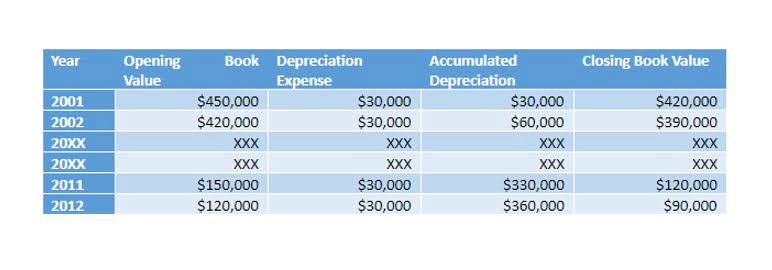
A shorter operating cycle means a company can receive working capital faster, which helps with growth. Operating cycle refers to number of days a company takes in converting its inventories to cash. It equals the time taken in selling inventories (days inventories outstanding) plus the time taken in recovering cash from trade receivables (days sales outstanding). Efficient operating cycles play a crucial role in the success and sustainability of businesses across various industries. By understanding the impact of optimizing the operating cycle, companies can enhance their financial health, streamline operations, and ultimately improve their bottom line.

Understanding the operating cycle is crucial for businesses as it impacts their liquidity, profitability, and overall financial health. Implementing these inventory management, accounts receivable, and accounts payable strategies can lead to a more efficient operating cycle, improve cash flow, and enhance overall financial performance for your business. Understanding and calculating the operating cycle is operating cycle crucial for businesses as it helps in assessing working capital management efficiency. By keeping track of the operating cycle, companies can identify inefficiencies and make informed decisions on how to optimize processes, reduce inventory holding costs, and improve cash flow. Employers looking to streamline their operations and boost profitability should pay close attention to their operating cycles.
Operating Cycle Parts
Understanding and monitoring your operating cycle can help you identify areas for improvement, optimize cash flow, and make informed financial decisions. The NOC computation differs from the first in subtracting the accounts payable period from the first because the NOC is only concerned with the time between purchasing items and getting payment from their sale. An Operating Cycle (OC) refers to the days required for a business to receive inventory, sell the inventory, and collect cash from the sale of the inventory. The operating cycle offers insights into operating efficiencies, while the cash conversion cycle allows you to see how well your company manages cash flow. On the other hand, the cash conversion cycle is the amount of time it takes your business to convert resources into cash. Just like the operating cycle, a short cash conversion cycle indicates success.
- Let’s dive deeper into practical applications and examples to illustrate how the operating cycle formula works.
- The days needed for a business to receive inventory, sell the inventory, and collect money from the sale of the inventory is referred to as an operating cycle (OC).
- The operating cycle offers insights into operating efficiencies, while the cash conversion cycle allows you to see how well your company manages cash flow.
- Businesses benefit from successful operational processes by increasing their working capital, which favours other areas of their operations.
Businesses that sell to other businesses often sell on account, which means that the purchaser has up to 30 days to pay for the product or service after they receive it. When they extend credit to their customers for 30 days or more, they’ve delayed their receipt of cash to cover all their own expenses. This is why they might try shortening the operating cycle (i.e., just-in-time), which involves not accumulating inventory until they are ready to use it in production. The business operating cycle is vital because it helps to indicate how capable a company is of moving inventory when it comes to operations.
Supercharge your skills with Premium Templates
These case studies underscore the importance of effectively managing the operating cycle in different industries. By implementing tailored strategies and optimizing key components, businesses can achieve more efficient cash conversion, enhance financial stability, and position themselves for sustained growth and profitability. By understanding these components, https://www.bookstime.com/articles/sole-trader-bookkeeping you can gain insights into how efficiently your business is managing inventory, collecting payments, and paying suppliers. By implementing these best practices, you can significantly reduce your Days Sales Outstanding (DSO) and expedite the cash collection process, thereby shortening your operating cycle and enhancing your financial stability.

Given the different variables in the equation listed previously, there are many moving parts to the operating cycle. From the following data of Page Industries, Find out the Operating cycle of the company to understand the Operating efficiency of Company. From the following data of VIP Industries, Find out the Operating cycle of the company to understand the Operating efficiency of the Company. BrightStar Tech specializes in providing software solutions to small and medium-sized businesses. You may use the cost of revenue as an estimate for purchases (i.e., no need to adjust it for changes in inventories). The collective effect of shortening these parts can considerably impact the total economic cycle.
Alternative Methods for Measuring Operating Cycle Calculation
A longer DPO indicates that you are retaining cash for a more extended period, which can be advantageous for working capital management. Days Sales Outstanding (DSO) measures the average number of days it takes for your company to collect payments from customers after making a sale. A lower DSO indicates that you are collecting payments promptly, which positively impacts cash flow and liquidity. Days Sales of Inventory (DSI) is a crucial metric that measures how quickly your company turns its inventory into sales.
On average, it takes the company 97 days to purchase raw material, turn the inventory into marketable products, and sell it to customers. The Operating Cycle tracks the number of days between the initial date of inventory purchase and the receipt of cash payment from customer credit purchases. For example, the net accounts receivable turnover is used to determine how often customers must pay for their product before they can make another purchase. In this sense, the operating cycle provides information about a company’s liquidity and solvency. The operating cycle is important for measuring the financial health of a company.
